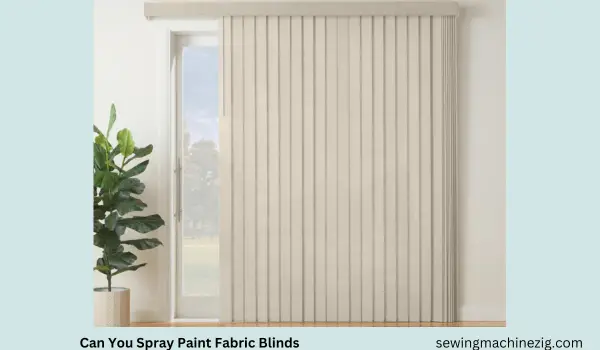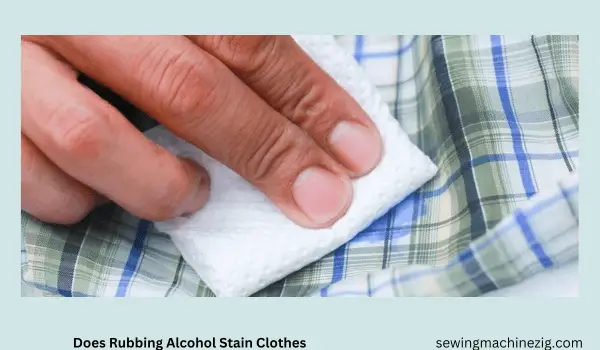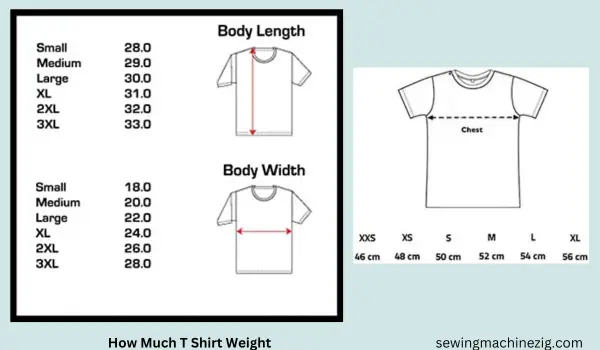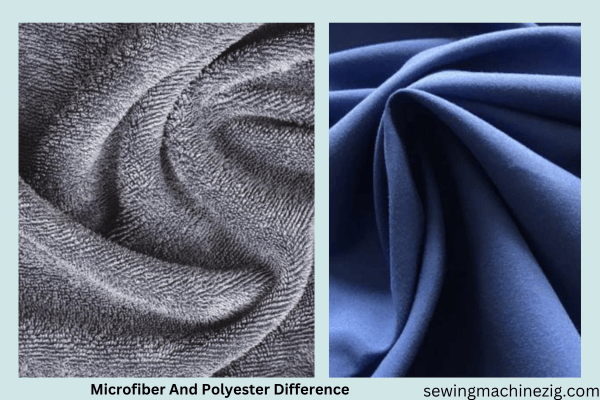
When it comes to the world of textiles, two terms frequently encountered are microfiber and polyester difference. These materials have gained significant popularity in various industries due to their unique characteristics and versatile applications. From clothing to upholstery, cleaning products to bedding, understanding the differences between microfiber and polyester is essential for making informed choices.
On microfiber and polyester difference, Microfiber refers to a type of synthetic fiber that is incredibly fine and thin, often measuring less than one denier. It is typically composed of polyester, nylon, or a combination of both. The delicate and ultra-fine nature of microfiber enables it to possess exceptional softness and a luxurious feel. This quality makes it a desirable option for items like bedding, towels, and clothing, where comfort and gentle touch are paramount.
Polyester, on the other hand, is a synthetic polymer derived from petroleum. It is one of the most widely used fabrics in the world due to its durability, affordability, and versatility. Polyester fibers are manufactured through a process called polymerization, where chemical reactions transform petroleum by-products into long, thread-like structures. The resulting fabric is known for its strength, resistance to wrinkles, and ease of care, making it a popular choice for apparel, home furnishings, and industrial applications.
While both microfiber and polyester are synthetic materials, they differ in their manufacturing processes, properties, and specific applications. By delving deeper into their distinctions, we can gain a comprehensive understanding of these materials and their unique benefits. Join us as we explore the world of microfiber and polyester difference, unraveling their characteristics, applications, and the factors that set them apart.
Between Microfiber And Polyester Difference:
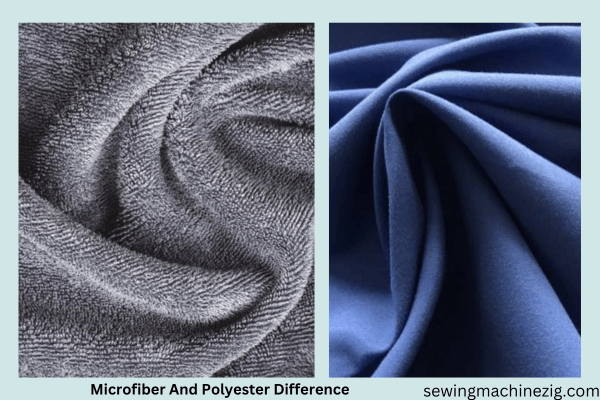
Microfiber:
1. Composition:
Microfiber is a synthetic material made from polyester, nylon, or a combination of both. It consists of ultra-fine fibers that are thinner than one denier.
2. Softness And Texture:
Microfiber is known for its exceptional softness and luxurious feel. The fine fibers create a fabric that is gentle to the touch, making it ideal for bedding, towels, and clothing items.
3. Absorbency:
Microfiber has excellent absorbency due to its dense fiber structure. It can absorb and retain moisture several times its weight, making it effective for cleaning cloths and towels.
4. Durability:
Microfiber is highly durable and resistant to stretching and shrinking. It can withstand regular use and washing without losing its shape or softness.
5. Care And Maintenance:
Microfiber is relatively easy to care for and is often machine washable. It dries quickly and does not require ironing.
6. Applications:
Microfiber is commonly used in products such as bedding, towels, cleaning cloths, and clothing items that require a soft and absorbent fabric.
Polyester:
1. Composition:
Polyester is a synthetic polymer derived from petroleum. It is a versatile fabric widely used in various industries.
2. Texture:
Polyester has a smooth texture and offers a sleek appearance. It is not as soft as microfiber but provides a comfortable feel.
3. Absorbency:
Polyester is not as absorbent as microfiber and tends to repel moisture. It is suitable for applications where moisture-wicking properties are desired, such as sportswear.
4. Durability:
Polyester is known for its durability and resistance to stretching, shrinking, and abrasion. It is a strong fabric that can withstand regular use and maintain its shape over time.
5. Care And Maintenance:
Polyester is easy to care for and is often machine washable. It is resistant to wrinkles and can be tumble-dried without significant shrinkage.
6. Applications:
Polyester finds widespread use in apparel, home furnishings, upholstery, outdoor gear, and industrial fabrics. It is favored for its durability and versatility.
In summary, microfiber and polyester difference are differing in composition, fiber size, softness, absorbency, durability, care requirements, and applications. Microfiber offers exceptional softness and absorbency, while polyester excels in durability and versatility. The choice between the two depends on the specific needs and preferences of the intended use.
Microfiber And Polyester Difference Shirts
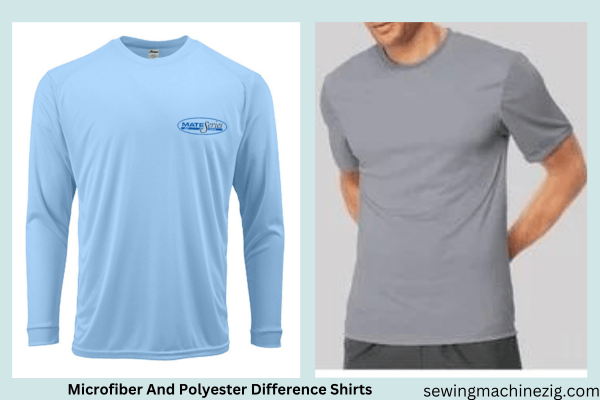
When it comes to selecting the perfect shirt, understanding the differences between microfiber and polyester fabrics is crucial. Microfiber shirts, made from ultra-fine synthetic fibers, offer a luxurious feel and exceptional softness.
On the other hand, polyester shirts, derived from a synthetic polymer, boast durability and versatility. By delving into their distinctions in microfiber and polyester difference, we can explore the unique qualities and benefits that microfiber and polyester difference bring to shirt fabrics, helping you make an informed choice that aligns with your comfort, style, and durability preferences.
Microfiber Shirts:
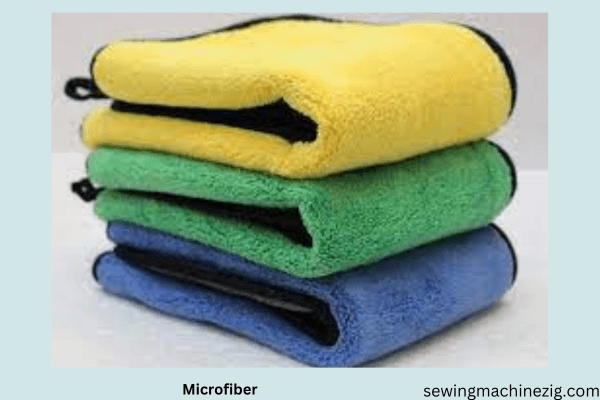
1. Fabric Composition:
Microfiber shirts are made from ultra-fine synthetic fibers, such as polyester or nylon. These fibers are extremely thin, contributing to the shirt’s soft and luxurious feel.
2. Softness And Comfort:
Microfiber shirts are known for their exceptional softness against the skin. The fine fibers create a smooth texture that feels gentle and comfortable to wear.
3. Breathability And Moisture-wicking:
Microfiber fabrics have good breathability, allowing air to circulate and keep the body cool. Additionally, they possess moisture-wicking properties, drawing sweat away from the body and keeping the wearer dry.
4. Lightweight And Quick-drying:
Microfiber shirts are lightweight, making them comfortable for extended periods of wear. They also dry quickly, making them suitable for activities where moisture management is important.
5. Premium Feel:
Microfiber shirts offer a premium touch and a sense of luxury. The softness and smoothness of the fabric enhance the overall wearing experience.
Polyester Shirts:
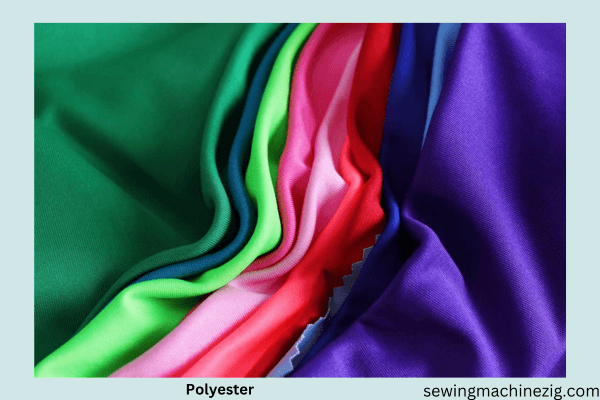
1. Fabric Composition:
Polyester shirts are made from a synthetic polymer derived from petroleum. The fibers are known for their strength and durability.
2. Durability And Shape Retention:
Polyester fabrics are highly durable and resistant to stretching, shrinking, and wrinkling. Polyester shirts can withstand regular wear and washing without losing their shape or integrity.
3. Versatility:
Polyester shirts are available in a wide range of styles, designs, and colors. They can be found in both casual and formal options, making them versatile for various occasions.
4. Easy Care And Low Maintenance:
Polyester shirts are relatively easy to care for. They are resistant to wrinkles, allowing for hassle-free wear and requiring minimal ironing or steaming.
5. Polished Appearance:
Polyester shirts offer a polished and neat look due to their wrinkle-resistant properties. They maintain a crisp and professional appearance even after extended periods of wear.
In summary, microfiber shirts prioritize softness, breathability, and moisture-wicking properties, providing a comfortable and luxurious experience. Polyester shirts, on the other hand, focus on durability, versatility, and easy care, offering a polished appearance and low-maintenance garment option. The choice between microfiber and polyester difference shirts depends on personal preferences, intended use, and the desired balance of comfort, durability, and style.
Microfiber Vs Hollow Fiber Pillow
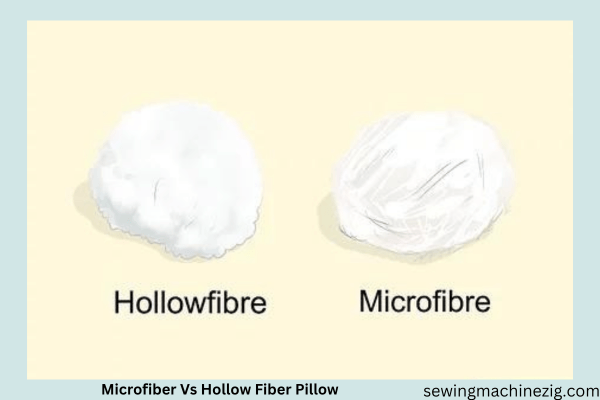
When it comes to choosing the perfect pillow, factors like comfort, support, and material composition play a vital role. Two popular options often considered are microfiber and hollow fiber pillows. Microfiber pillows feature a synthetic fabric known for its softness and luxurious feel, while hollow fiber pillows utilize a unique construction that creates a hollow space within the fill.
In this comprehensive overview, in the above article, you can see microfiber and polyester difference but here we will explore the distinctions between microfiber and hollow fiber pillows and examine their characteristics, benefits, and how they contribute to a restful night’s sleep. By understanding the differences, you can make an informed decision and find the pillow that suits your individual preferences and sleep needs.
Differences Microfiber Vs Hollow Fiber Pillow
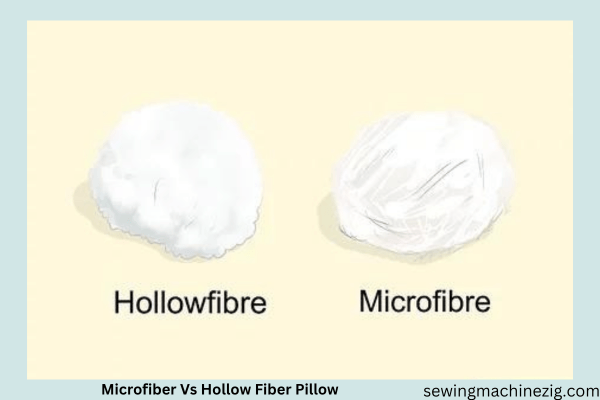
Microfiber
1. Material Composition:
Microfiber pillows are filled with synthetic microfiber materials, often made of polyester. These fine fibers create a soft and plush fill for the pillow.
2. Softness And Comfort:
Microfiber pillows are known for their softness and luxurious feel. The fine fibers provide a gentle and cozy surface to rest the head and neck, offering a comfortable sleeping experience.
3. Hypoallergenic Properties:
Microfiber pillows are hypoallergenic, making them a suitable choice for individuals with allergies or sensitivities. They are resistant to dust mites, mold, and mildew, promoting a healthier sleep environment.
4. Shape Retention:
Microfiber pillows often have good shape retention, maintaining their loft and fluffiness over time. They can be easily plumped or reshaped to suit individual preferences.
5. Easy Maintenance:
Many microfiber pillows are machine washable, allowing for convenient and easy maintenance. They can be cleaned regularly to keep them fresh and free from allergens.
Hollow Fiber Pillows:
1. Unique Construction:
Hollow fiber pillows are constructed using polyester fibers that have a hollow center. This design creates a space within the fill, allowing for better airflow and ventilation.
2. Breathability And Cooling:
The hollow fiber construction promotes enhanced airflow, making hollow fiber pillows more breathable and cooler compared to other pillow types. They help dissipate heat, preventing the buildup of moisture and providing a refreshing sleep experience.
3. Support And Conformity:
Hollow fiber pillows offer excellent support and conform to the shape of the head and neck. The fill adjusts to individual contours, providing customized support and alignment.
4. Lightweight And Easy to Fluff:
Hollow fiber pillows are lightweight and easy to fluff or reshape. They can be adjusted to achieve the desired loft and firmness level, providing personalized comfort.
5. Hypoallergenic Properties:
Similar to microfiber pillows, hollow fiber pillows are often hypoallergenic. They resist common allergens such as dust mites and mold, making them a suitable choice for allergy sufferers.
In summary, microfiber pillows prioritize softness, comfort, and hypoallergenic properties, offering a luxurious sleeping experience. Hollow fiber pillows focus on breathability, cooling, support, and lightweight adjustability.
On the other hand microfiber and polyester difference here it’s good to know about hollow fiber and microfiber . The choice between microfiber and hollow fiber pillows depends on personal preferences, desired levels of softness or breathability, and specific sleep needs.
Microfiber Vs Polyester Pillow Which Is Better
Determining which pillow is better, on microfiber and polyester difference, ultimately depends on individual preferences and specific needs. Both materials have their own advantages and considerations. Here’s a comparison to help you make an informed decision:
Microfiber Pillows:
1. Softness And Comfort:
Microfiber pillows are known for their soft and plush feel, offering a luxurious sleeping experience.
2. Hypoallergenic Properties:
Microfiber pillows are often hypoallergenic, making them suitable for individuals with allergies or sensitivities.
3. Moisture Absorption:
Microfiber has good moisture-wicking properties, helping to keep the pillow dry and comfortable throughout the night.
4. Shape Retention:
Microfiber pillows tend to maintain their shape and loft, providing consistent support over time.
5. Care And Maintenance:
Many microfiber pillows are machine washable, making them easy to clean and maintain.
Polyester Pillows:
1. Durability:
Polyester pillows are known for their durability and resistance to stretching, shrinking, and wrinkling.
2. Support And Firmness:
Polyester pillows offer good support and can be available in different firmness levels to suit individual preferences.
3. Easy Care:
Polyester pillows are generally easy to care for, often machine washable, and resistant to wrinkles.
4. Affordability:
Polyester pillows are often more affordable compared to a microfiber or other pillow types.
Ultimately, the “better” choice depends on your specific needs and preferences. If you prioritize softness, hypoallergenic properties, and moisture-wicking capabilities, microfiber pillows may be the preferred option. On the other hand, if durability, support, and affordability are key factors, polyester pillows might be a better fit.
On microfiber and polyester difference here you learn about which is better. It’s recommended to consider individual comfort needs, sleeping positions, and any specific requirements, such as allergies or sensitivity to certain materials, before making a decision.
Polyester Sheets Vs Cotton
When it comes to selecting sheets for your bedding it’s a bit more interesting than microfiber and polyester difference, the choice between polyester and cotton can significantly impact your sleeping experience. Polyester sheets are crafted from synthetic fibers, while cotton sheets are made from natural fibers. In this introduction, we will explore the distinctions between polyester and cotton sheets, considering factors such as comfort, breathability, durability, and ease of maintenance.
By understanding the unique characteristics and benefits of each material, you can make an informed decision and choose the sheets that best suit your preferences and contribute to a restful night’s sleep.
Polyester Sheets:
1. Material Composition:
Polyester sheets are made from synthetic fibers derived from petroleum-based products. These fibers are processed to create a smooth and durable fabric.
2. Durability:
Polyester sheets are known for their strength and resistance to stretching, shrinking, and wrinkling. They can withstand regular use and frequent washing without losing their shape or integrity.
3. Easy Maintenance:
Polyester sheets are low-maintenance and easy to care for. They are often wrinkle-resistant and quick-drying, requiring minimal ironing or steaming. They are also less prone to staining compared to cotton.
4. Moisture Wicking:
Polyester has moisture-wicking properties, which means it can draw moisture away from the body, keeping you cool and comfortable throughout the night.
5. Affordability:
Polyester sheets are generally more affordable compared to cotton sheets, making them a budget-friendly option for those seeking cost-effective bedding.
Cotton Sheets:
1. Natural Fiber:
Cotton sheets are made from natural fibers derived from the cotton plant. The natural fibers provide breathability and a soft touch against the skin.
2. Breathability:
Cotton is highly breathable and allows air to circulate, promoting better airflow and ventilation. This can help regulate body temperature and prevent overheating during sleep.
3. Softness And Comfort:
Cotton sheets are known for their soft and cozy feel. They tend to get softer with each wash, providing a comfortable and inviting sleeping surface.
4. Moisture Absorption:
Cotton has excellent moisture absorption properties, making it effective at wicking away sweat and moisture from the body. This helps keep you dry and comfortable throughout the night.
5. Allergen-Friendly:
Cotton is a natural hypoallergenic material that is less likely to cause allergies or skin irritations. It is a preferred choice for individuals with sensitive skin or allergies.
In summary, polyester sheets are durable, easy to maintain, and have moisture-wicking properties, while cotton sheets offer breathability, softness, moisture absorption, and allergen-friendly qualities. The choice between polyester and cotton sheets ultimately depends on personal preferences, budget, desired comfort level, and specific sleep needs.
Conclusion:
microfiber and polyester difference are two distinct materials with their own unique characteristics. Microfiber is a synthetic fabric known for its softness, hypoallergenic properties, and moisture-wicking capabilities. It offers a luxurious feel and easy maintenance. On the other hand, polyester is a durable synthetic fabric that resists stretching, shrinking, and wrinkling. It provides strength and affordability, making it a popular choice for bedding and other textile applications.
Both microfiber and polyester difference have their advantages and considerations, and the choice between them depends on personal preferences for softness, durability, hypoallergenic properties, and budget. Ultimately, it’s important to consider individual needs and comfort preferences when selecting between microfiber and polyester products.
FAQs:
Q 1: What Is The Difference Between Microfiber And Polyester?
A: Microfiber refers to a type of fabric made from extremely fine synthetic fibers, typically composed of polyester. Polyester, on the other hand, is a synthetic material made from petroleum-based products.
Q 2: Are Microfiber And Polyester Fabrics Similar In Terms Of Softness?
A: Microfiber is known for its soft and luxurious feel, while polyester can have varying degrees of softness depending on its construction. However, microfiber generally tends to be softer and more plush compared to standard polyester fabric.
Q 3: Do Microfiber And Polyester Have Similar Moisture-Wicking Properties?
A: Microfiber fabric has excellent moisture-wicking capabilities, meaning it can effectively draw moisture away from the body, keeping you dry and comfortable. Polyester, as a synthetic material, can also have moisture-wicking properties, but it may not be as effective as microfiber.
Q 4: Which Fabric Is More Durable, Microfiber Or Polyester?
A: Both microfiber and polyester fabrics are known for their durability. However, polyester is generally considered to be more durable and resistant to stretching, shrinking, and wrinkling. Microfiber can still be quite durable, but it may not have the same level of long-term resilience as polyester.
Q 5: Are Microfiber And Polyester Fabrics Suitable For Individuals With Allergies?
A: Microfiber is often hypoallergenic and resistant to common allergens, making it a suitable choice for individuals with allergies or sensitivities. Polyester, while not inherently hypoallergenic, can also be a good option as it is less likely to harbor dust mites or allergens compared to natural fibers like cotton.
Q 6: Can Microfiber And Polyester Fabrics Be Easily Maintained?
A: Both microfiber and polyester fabrics are generally easy to maintain. They are often machine washable and dry quickly. Microfiber may require more careful laundering to maintain its softness, while polyester is more forgiving in terms of washing and drying.
Q 7: Are Microfiber And Polyester Fabrics Affordable?
A: Polyester is known for its affordability, making it a cost-effective choice for many consumers. Microfiber, while generally more expensive than basic polyester, is still considered affordable and offers added benefits such as softness and moisture-wicking capabilities.

